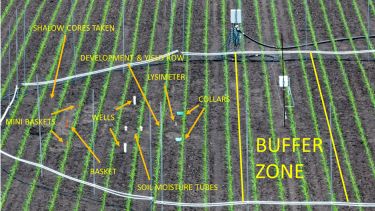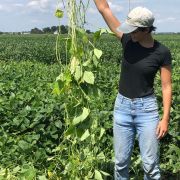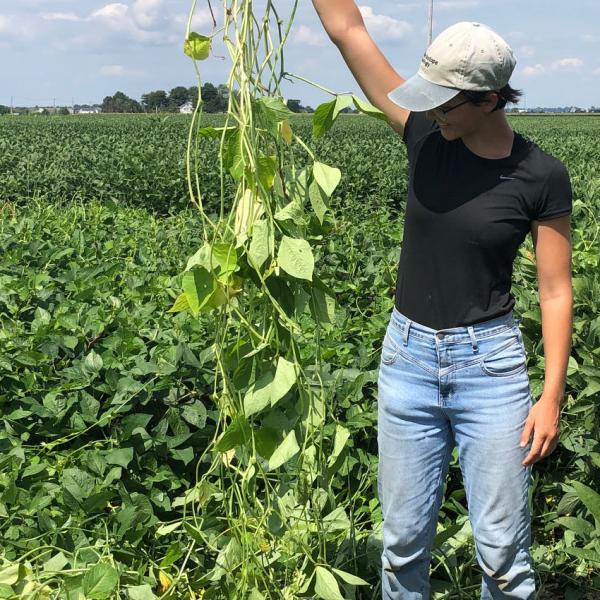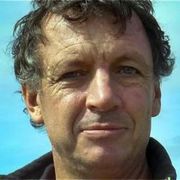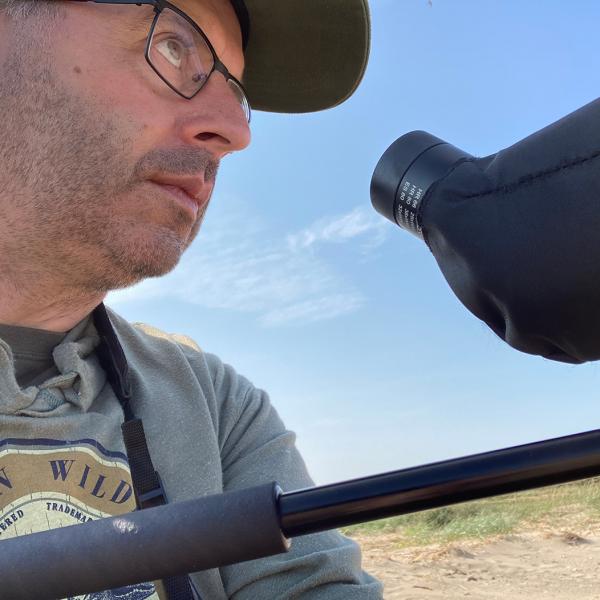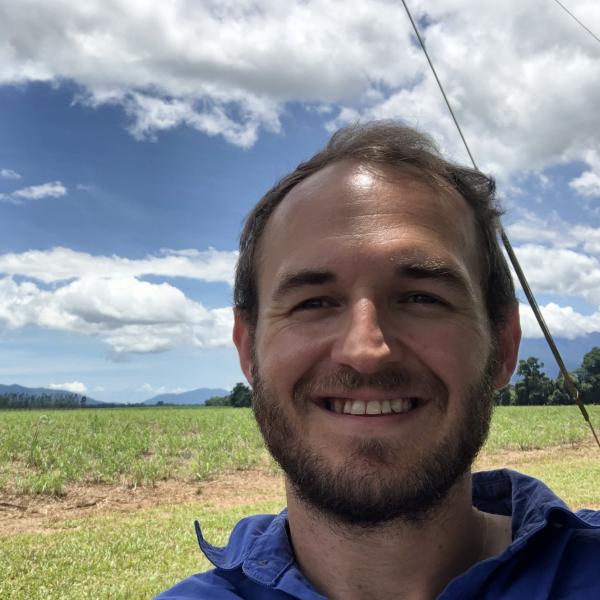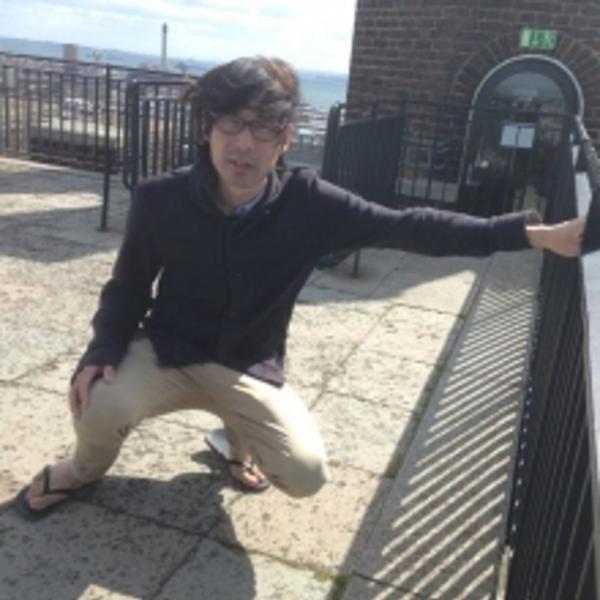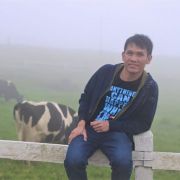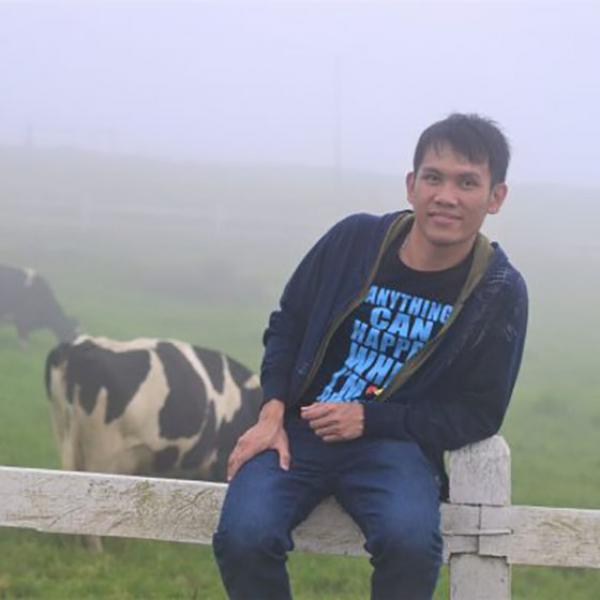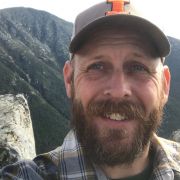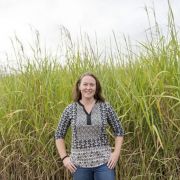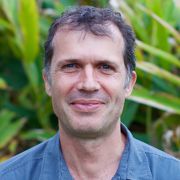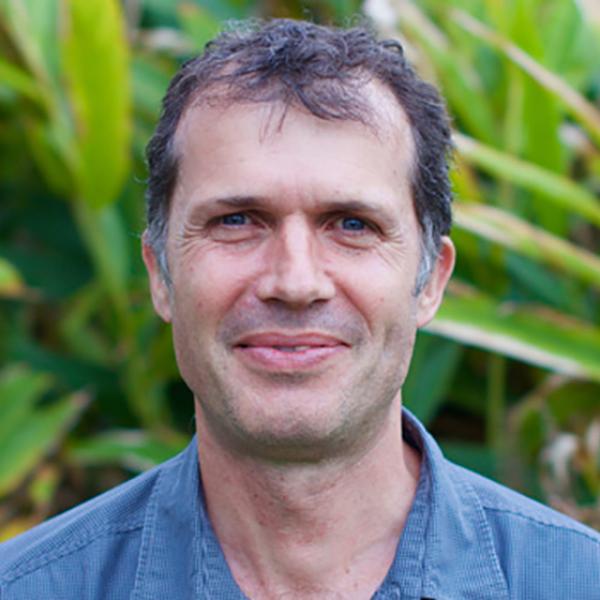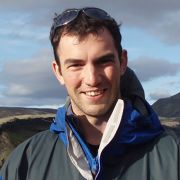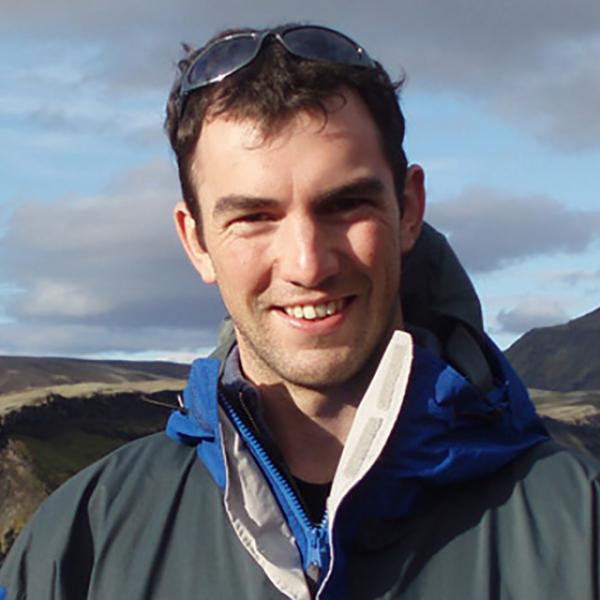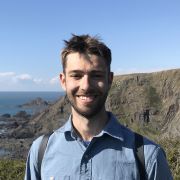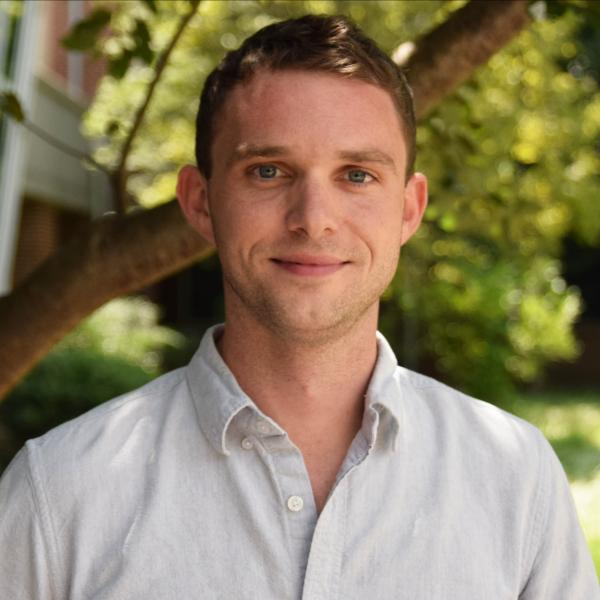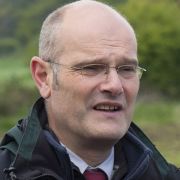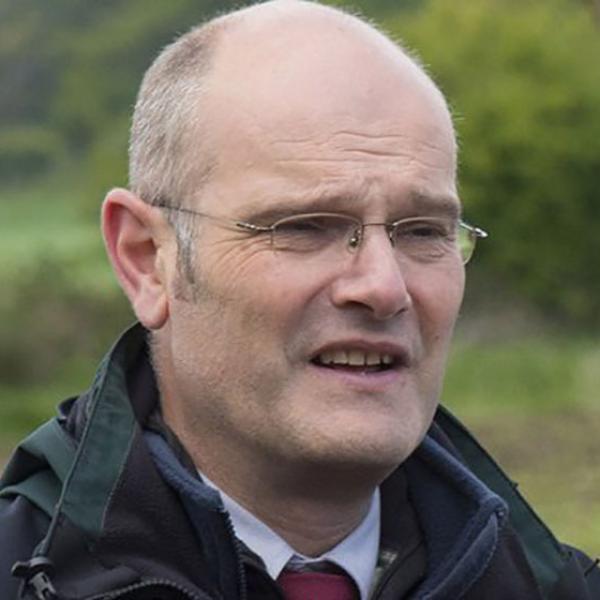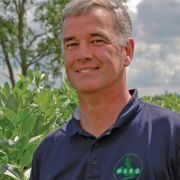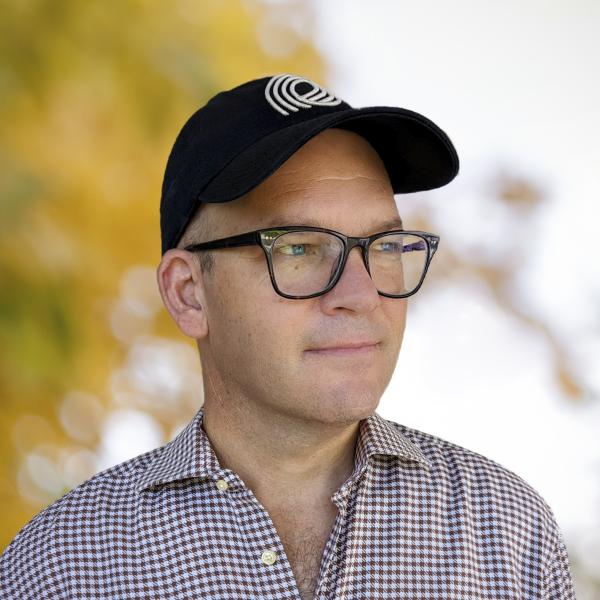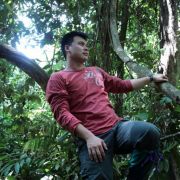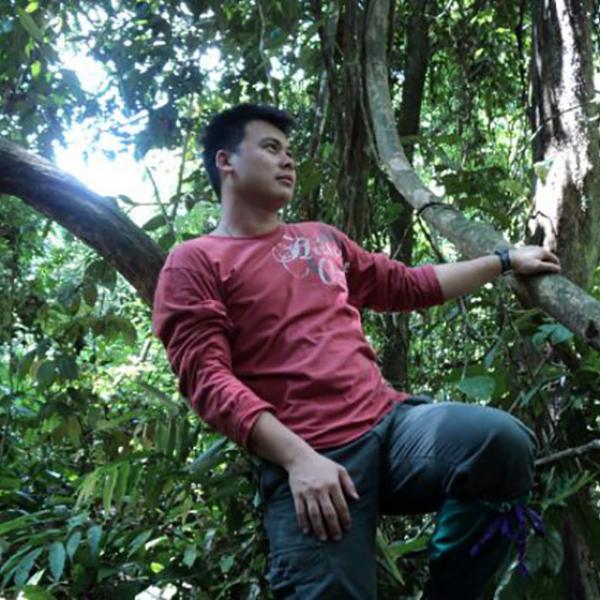Theme 3 – Applied weathering science
Our Theme 3 programme is undertaking large-scale field trials to address questions concerning rates of rock weathering in agricultural soils under natural conditions and how feedbacks may increase food/bioenergy crop productivity and slow soil greenhouse gas emissions.
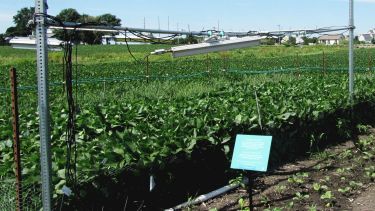
Our large-scale trials are focused on
- Corn-soy, the largest agroecosystem in the USA,
- Sugarcane, an important bioenergy crop in Australia, Brazil and USA,
- Oil palm in Malaysian Borneo.
All will provide data for benchmarking models in Theme 1.
Energy Farm, University of Illinois, Champaign-Urbana
The 90 million hectares of maize and soybean in the US Midwest, forming the Corn Belt, is arguably the single largest ecosystem type in the USA. Our large-scale field experiments are exploiting the unique Energy Farm facility, in the heart of the Corn Belt.
Trials are being undertaken in paired adjacent 3.8 ha plots (plus or minus basalt) with corn-soy rotation or the bioenergy crop Miscanthus, over multiple years.
We are capturing the effects of crops on basalt weathering through analysis of leachate from each plot, which is automatically collected by tile drains at a single location, and its feedback on crop performance using tower mounted eddy co-variance systems.
The Energy Farm facility offers translation research potential for investigating the performance of crop varieties identified in Theme 2. Basalt, provided by Rock Dust Local, LLC, is applied annually to the treatment plots at a rate of 5 kg / m2.
Sugarcane, James Cook University, Australia
In Australia alone, the sugarcane industry generates approximately $2 billion per year in export earnings. Application of crushed basalt to soil under sugarcane could enhance production, improve runoff water quality and reduce greenhouse gas emissions alongside carbon sequestration benefits.
Significantly, improvements in water quality (through increased dissolved silica) could reduce multi-million dollar government expenditure in Great Barrier Reef catchments.
We are determining the effect of adding crushed basalt on CO2 sequestration via weathering, averted CO2 emissions due to the liming effect (substitute for addition of CaCO3), sugar yield and protection from pests and diseases. We are starting with pot-based studies, and then moving to field trials at several sites on different soil types in North Queensland, over a 4-year crop cycle.
Oil palm plantations, Malaysian Borneo
The enormous extent over which oil palm is planted (19 million hectares) and the prevailing warm humid climate, which favours rapid weathering, makes this a leading candidate crop for application of enhanced weathering technology.
Experimental trials will be conducted in Sabah (Malaysian Borneo) and are based at the Sabahmas Oil Palm Plantation, Lahad Datu in collaboration with the South East Asia Rainforest Research Partnership (SEARRP) and Wilmar Corporation.
This is a progressive plantation managed by the Wilmar Corporation, which is committed to environmental management and conservation and a signatory to the Roundtable on Sustainable Palm Oil.
Trials will take place in coupes of palm oil in small stream catchments to monitor weathering rates, via stream water chemistry and soil chemical analyses.
We are also investigating how enhanced weathering of crushed rocks influences palm oil yields, protection against the basal stem rot fungal pathogen Ganoderma, and impact the biodiversity of soil and aquatic invertebrate, and microbial organisms. For these experiments, we will be using Basalt rock dust sourced from Onika Quarry Sdn. Bhd. in Tawau.
RockFACE
RockFACE is our state-of-the-art Free-Air Carbon Dioxide Enrichment (FACE) ERW field trial with a soybean/maize rotatio in Illinois, US, in collaboration with Dr Lisa Ainsworth and the United States Department of Agriculture, SoyFACE, here. Examining how increased atmospheric CO2 will affect crops and their interactions enhanced rock weathering processes, it recognises and leverages the power of FACE technology to grow plants at an elevated CO2 atmosphere forecast for later this century under fully open-air conditions with/without ERW treatment (crushed basalt).

